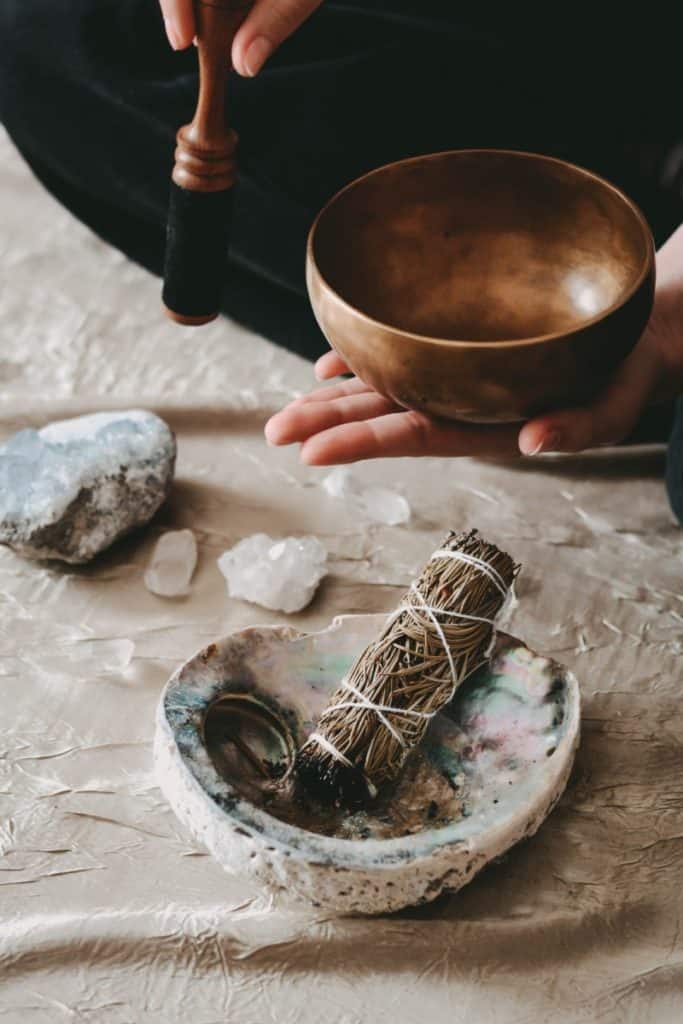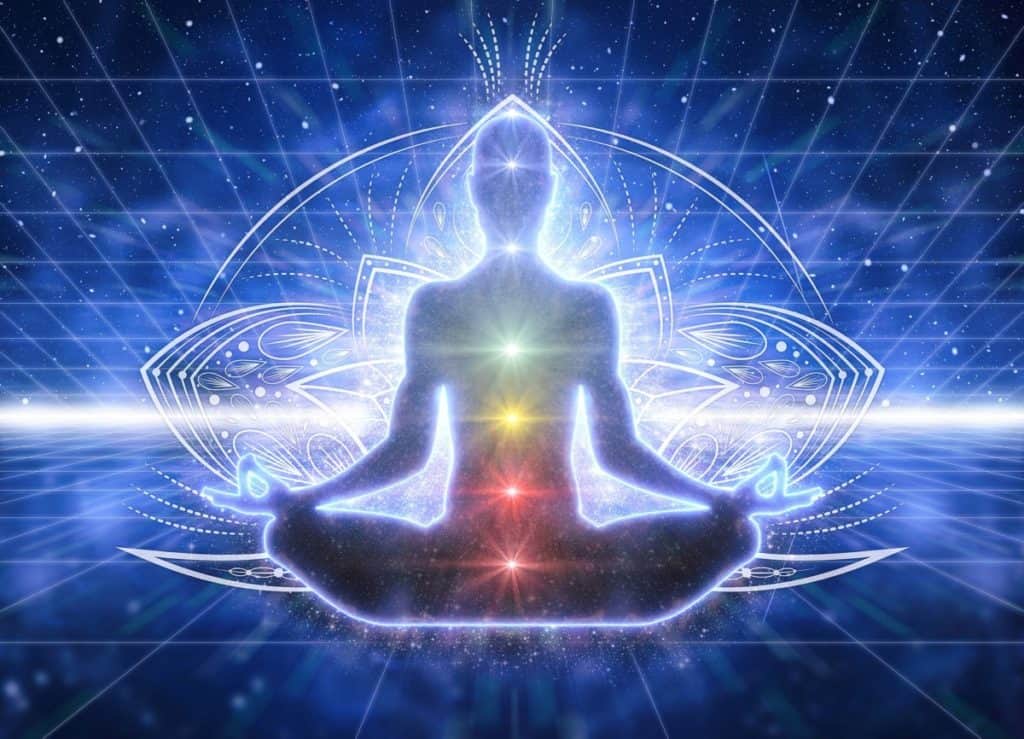This is part 2 of our “Karate Training at Home” series. If you’d like to see part 1, click here.
So you’ve decided to take your Karate training at home seriously but you aren’t quite sure where to start. Don’t worry. That’s normal. You didn’t know where to start on the first day you tied on your white belt either. The only difference is that there is no sensei to tell you where to stand and what to do.
All told, the most important thing you can to for your solo karate training is to have a specific goal and formulate a plan around that goal. That means removing barriers, creating consistency, and collecting information about your training sessions.
Below we’ll explore each of these points do you’ll have a firm idea how to deploy them and make yourself into a much better fighter.
Choose your Summit

If you ask a mountain climber, “How do I reach the top of a mountain?”, the first thing he should say in response is, “Well, which mountain?”. This is absolutely critical because the methods and materials needed to ascend one mountain can be completely different than those used for another.
The same is true for Karate, or any other martial art. You need to decide on what your goal is before you can do anything useful with your time. When I was a kid I trained in Uechi-Ryu Karate and my instructor, Sensei Charles, would always remind us to train at home if we wanted to improve. In truth, though, I never really got it. I would go into the back yard, squat down in kiba dachi (“horse stance”) or sanchin dachi (“three-battles stance”), throw out a few strikes or blocks, but then get kind of bored and go inside.
The problem here was that I didn’t have a plan!
In order for you to not waste your training time you need to figure out what you want out of your training. Faster strikes? More punching power? Greater flexibility for high kicks? Crisper kata? The possibility are almost endless and they’re all up to you.
Step 1: Set a goal.
Create a Ritual

You have many things you do at the same time every day. Maybe you always shower before bed, or right after you wake up. Maybe your breakfast is always two eggs, toast, and coffee. Maybe you always read a book in the same chair every evening. The same kind of “ritual” needs to be applied to your karate training at home.
No, that doesn’t mean you need to burn incense or recite incantations (unless you’re training the spiritual aspects of the art), but it does mean that you need to select a time, place, and duration for you to train.
I’d recommend waking up just a little early and using that time instead of trying to reshuffle your afternoon or evening. The reason for this is the next step…
Step 2: Develop consistency.
Weed the Garden
If you want to plant a garden, the first step is to select the spot where you want to plant. But you can’t just dig a hole, drop a seed in, and walk away. That’s a recipe for failure if there ever was one. No, you need to clear away the grass, pull weeds, and remove any garden pests that threaten your new seedling.
Applying this to your solo training is simple, though not always easy. Once you’ve created a ritual you need to eliminate the any competing distractions that might take you from your focused attention. This is why I recommend training in the early morning rather than the afternoon or evening; after work or school there are just too many distractions and temptations that might pull you, or your focus, away from your training.
From my own experience I found a few simple ways to remove any “friction” that could stop me from consistently training. Here’s a short list to start you out:
- Cut the cord – Put your phone on airplane mode and put it out of sight. You can use it as a timer, but you don’t want to be tempted to check it every 5 minutes when you should be focused on training.
- Armor up – Whether you wear your gi or not might not really matter, but what does matter is having your clothes right at hand when you need them. Pack them in your car if you train away from home. Or have them waiting for you right where you’ll see them when you get home.
- Snack time – Pack an energy bar you can cram down in a few bites. This will keep your hunger from tempting you away from your training.
- Trial separation – Tell your wife, husband, kids, and dog that this time is your time and you’re not to be interrupted for anything less than an emergency. And then define what an “emergency” is.
Step 3: Eliminate distractions.
Open your Third Eye

No, I don’t actually mean you need to develop ESP or open up the 6th chakra gate or something. But you do need to see what you’re doing. Like, really see what you’re doing. Let’s say your goal is to work on your speed and targeting. Well you can’t just throw a few punches and kicks as fast as you can and hope that you’re getting somewhere. No, you need to see your target!
Assuming you don’t have access to a huge mirror to train in front of then your next best bet is deep visualization. You need to see your opponent so vividly in your mind that you almost expect him to stagger from your blows.
The power of visualization can’t be overstated in the world of sports. There are scores of research studies that have shown how important it is to imagine an action before you do it in order to improve your odds of success. And karate is no different.
Don’t just perform 50 gyaku-zuki (reverse punch); visualize your punch rocketing forward and sinking deep into your opponent’s body, staggering him. Instead of belting out 20 hiza-geri (knee strikes), take your time and imagine clinching your opponent and pulling him in as you drive your knee into his belly, leaving him gasping.
Step 4: Visualize.
Become a Stalker

Watch yourself. Record yourself. Take notes on yourself. Study your habits and behaviors. Become your own personal stalker.
For many fighters this means recording their training sessions and studying themselves as closely as they would a competitor for an upcoming fight. For others it means keeping a workout journal. For me personally, I prefer an old fashion, pen & paper workout journal. But who is to say your journal can’t be in the form of a vlog?
The point of the journal should be obvious: to provide yourself with information that will be useful a month, six months, or a year later, that you would have no hope of remembering by yourself. Having this information will help you in innumerable ways such as determining why Saturday training you tend to feel sluggish (because Friday night you usually stay out late with the boys and enjoy wings and beer), or why some Tuesday trainings you feel weak (because your sensei likes to throw in “burn out” classes on Mondays).
Reviewing this data, and seeing its impact on your training, can help you to change your behaviors in order to support your higher goals. You will still hang out with the boys on Friday, but you might call it quits at midnight instead of 2am.
As for actually recording your sessions, I wish I had started doing this in my white belt days. I could have addressed so many bad habits by seeing myself doing them. In a way I would have become my own sensei, fixing things like flaring out my elbows when I punch, telegraphing my mawashi-geri (roundhouse kick), and removing wasteful movement from my yoko-geri (side kick)
Step 5: Record your training. Start a journal.
Final Round
We have now seen what’s I’ve used to succeed in my at-home karate training: setting a goal, creating a plan, eliminating distractions, creating consistency, and taking notes on my performance. Now it’s your turn. Take this framework, personalize it, and see if it works for you too.
Photo Attribution:
- Photo by svklimkin on Unsplash
- Photo by Massimiliano Morosinotto on Unsplash
- Photo by Content Pixie on Unsplash
- https://pixabay.com/photos/spiritualism-awakening-meditation-4552237/
- Photo by mostafa meraji on Unsplash
